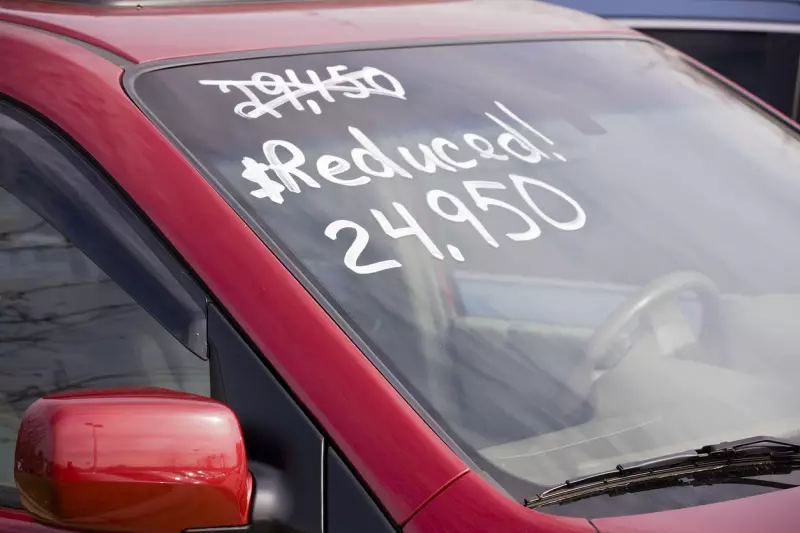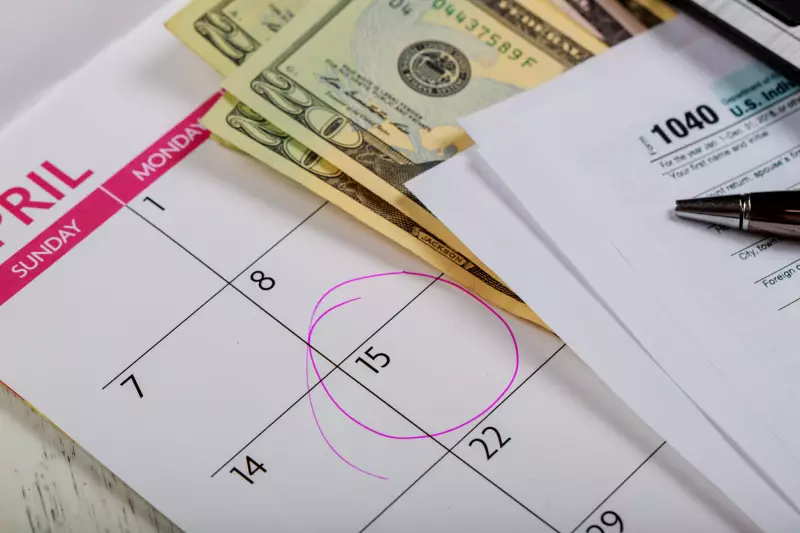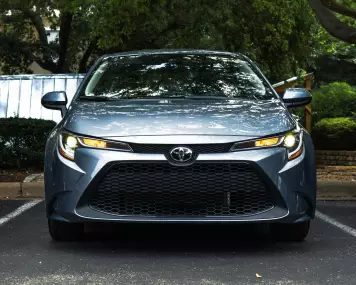Purchasing a vehicle can be stressful, and it can take several weeks or months to move from deciding what type of car to buy to closing on the deal. However, understanding the best and worst times to buy a used car is important because there are times of the year when it pays off to purchase a used vehicle, and times it does not. Some months of the year are better than others if you want to save money on vehicle purchases. Knowing the best time to buy a used car can save you hundreds or even thousands of dollars, depending on the vehicle's make, model, and year.
Best Month to Buy a Used Car
The best months to buy a used car are October, November, and December. During this three-month period, you'll enjoy the highest average discounts on car purchases. During these months, vehicle prices drop because new supplies for the next year's car models become available, and in most cases, the current year's models become less desirable for car shoppers. Besides, car dealers are anxious to sell off as many old model vehicles as possible to create space for new models on their lots. Similarly, during these late-fall months, salespersons work tirelessly to hit their annual quota and earn more commission, making them willing to cut used car shoppers the best possible deals.
Seasonal Trends
Understanding the seasonal trends in the used car market can help you get better deals when buying a used vehicle. Different months have an impact on vehicle shopping patterns and often influence used car prices. The demand for cars usually peaks during spring and fall, with the lowest purchases/sales in January, February, and early March. Consumers are less motivated to go out during the colder winter months (December to February), so car sales are usually slower. However, dealerships begin to witness a spike in sales as the weather warms up and people are out.
More people want to buy used vehicles in spring, usually between March and May, leading to higher prices. Prices tend to be higher between June and August as more people look to purchase vehicles for road trips during the summer holidays. By fall, between September and November, car prices either decrease or stabilize as dealers offer discounts on outgoing model years to make space for new inventory (newer car models). Most salespersons and dealerships must meet certain sales quotas to earn good commissions and bonuses during certain times of the year. As a result, they are willing to make sacrifices to meet those quotas and offer discounts on vehicle sales.
End-of-Month Deals
The end of the month is one of the best times to buy used cars because this period coincides with the end of sales cycles. You are more likely to find competitive deals toward the last week of any month when salespeople and dealerships are better motivated to slash used car prices to meet their sales quota to earn sales incentives. This is because quotas are calculated on a monthly basis. During the last week of a month, they are even willing to get lower commissions as long as they meet their sales quota, with the assurance that they will balance out once the company pays their bonuses for meeting those quotas. You can leverage this period to negotiate better prices. It is best to wait 4 or 5 working days until the end of the month before you begin negotiating heavily. It's best to play dealerships against one another for the lowest prices.
Best Time of Year to Buy a Used Car

If you are looking to save money on used car purchases, then you should know when it is the best time of the year to buy one. The best times to buy a used car during the year include the end of the calendar year, the end of the month, and the end of the model year. Others are the end of a vehicle's life cycle, the end of a car's design cycle, special seasonal events (holidays), and black Friday car sales.
End of the Calendar Year
The end of the calendar year, especially between November and December, is usually a great time to buy a used car. Usually, winter months see lower demands for used vehicles due to the severe weather conditions, as people are less motivated to go out, which often leads to price crashes. In addition, dealers and salespeople offer more discounts for end-of-the-calendar-year deals to make room for the following year's new supply. Similarly, major holidays like Christmas and New Year celebrations fall within this period. The week between Christmas Eve and New Year's Eve provides dealers the opportunity to offer sales associated with the festivities at discounted prices.
Tax Season
The tax season offers another best time to buy used cars as you can seize the opportunity of a new tax year to get a good deal and temporarily increase your cash flow. Many dealerships have sales during tax season, making it a good time to purchase a used car. Reports show that over one-third of Americans who expect tax refunds make car-related purchases. During this period, usually between February and April, some dealers are looking to push out their winter surplus. They take advantage of the tax season when people get a lot of spare cash after filing their returns and can make large down payments for cars. The larger your down payment for a vehicle, the lower your monthly payments. Also, a large down payment means you will pay less interest over time.
Post-New Model Release
The period after the release of new model cars is another best time to buy a used car. While some other shoppers are fixated on purchasing new models, you will likely cut a great deal at a lower price for an older model. Typically, this period falls between late summer and early fall, when new car models start arriving.
Worst Time to Buy a Used Car

Just as certain times are great to purchase used vehicles, there are certain times when you should not buy a car. These include when the demand is high, early in the new year, and immediately after tax season.
Early in the Year
The beginning of a new calendar year, usually the first few weeks in January, may not be a good time to purchase a used car. During this period, dealers tend to have lower inventory as they had to push out as many vehicles as they could in the last quarter of the previous year in anticipation of new model cars. Besides, salespersons are not pressed to meet sales quota around this time and may not easily yield to negotiations.
During High Demand
The chances of getting a good deal on a used car purchase are slim when the demand is high because it typically results in competitive pricing. The period between spring and early summer, usually from March to June, sees increased demand for used cars. During this time, the weather is better for more buyers to enter the used car market, and new listings increase as vehicle owners look to sell their cars in preparation for buying new models.
Immediately After Tax Season
Unless you are getting the very best deal, purchasing a used vehicle immediately after tax season is not advisable. This is usually the period between May and June. Generally, there is increased competition from other buyers with tax refunds during this time, which may drive up vehicle prices in the used car market. Besides, be cautious as you will see various kinds of promotions, and some dealers may offer to double your refund. However, they will likely limit the refund amount, so you should review the fine print before committing yourself.
There are several opportunities to buy a car during the year, but timing is essential when purchasing a used vehicle. If you do not need a car immediately, you should leverage your knowledge of the best time to buy used cars to plan your next used car purchase. This will no doubt improve your chances of getting a good deal in the used car market.








![Best Sites to Check a Car’s History [2025 Review]](https://media.infopay.net/thumbnails/K8lMeG2QLjE46LPqZlmoi6SunKKdT5qvlaRZk6e1.webp)










![Best Sites to Check a Car’s History [2025 Review]](https://media.infopay.net/thumbnails/K8lMeG2QLjE46LPqZlmoi6SunKKdT5qvlaRZk6e1-w356.webp)
